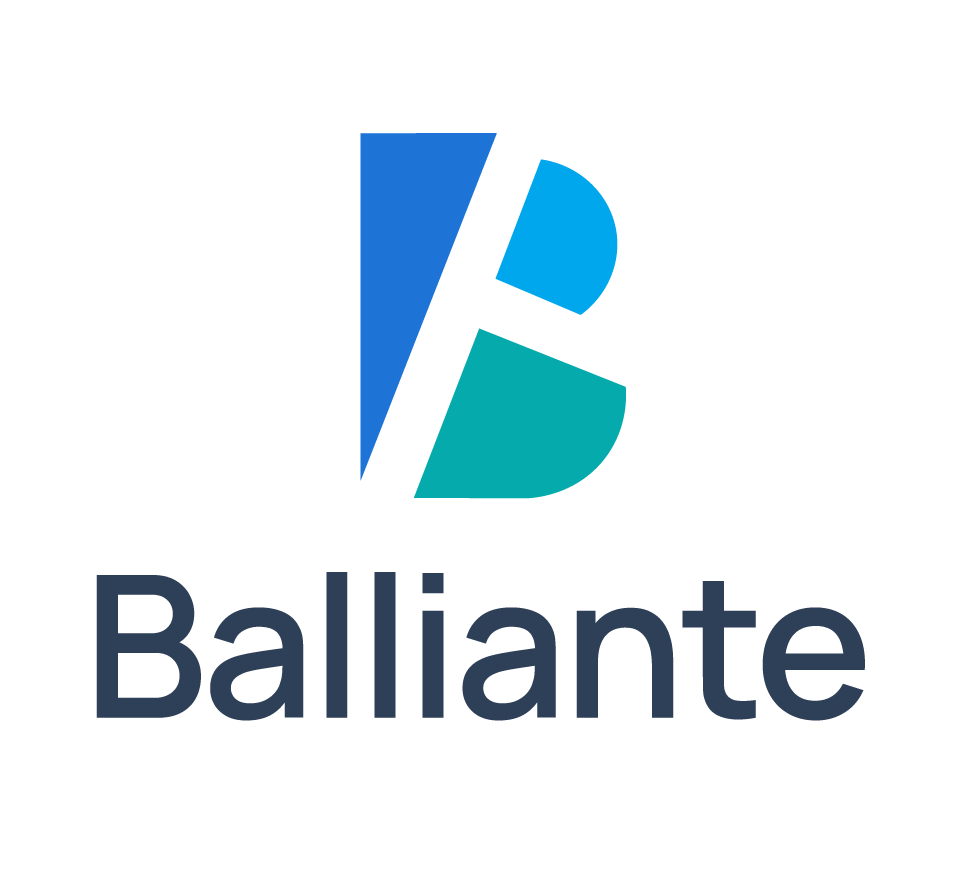Top Cybersecurity Threats in 2024 and How to Mitigate Them
As we navigate through 2024, the landscape of cybersecurity continues to evolve, presenting both new and enduring threats. Businesses and individuals alike must stay vigilant and proactive in safeguarding their digital assets. In this blog, we will explore the top cybersecurity threats of 2024 and discuss effective strategies to mitigate them.
- Ransomware Attacks
The Threat:
Ransomware remains a significant threat in 2024. Cybercriminals have refined their tactics, making attacks more sophisticated and damaging. Ransomware involves encrypting a victim’s data and demanding a ransom for its release. Attackers often threaten to leak sensitive information if their demands are not met.
Mitigation Strategies:
- Regular Backups: Ensure that all critical data is backed up regularly and stored in a secure, offsite location. Regularly test backups for integrity and accessibility.
- Endpoint Protection: Implement robust endpoint protection solutions that detect and prevent ransomware attacks. Use advanced threat detection tools that utilize AI and machine learning.
- User Training: Educate employees about phishing scams and safe email practices. Regularly conduct simulated phishing attacks to enhance awareness and readiness.
- Patch Management: Keep all systems and software up to date with the latest security patches to close vulnerabilities that could be exploited by ransomware.
- Phishing and Social Engineering
The Threat:
Phishing attacks have become more sophisticated, leveraging social engineering tactics to deceive users into divulging sensitive information. Attackers often impersonate trusted entities to trick individuals into clicking malicious links or providing personal information.
Mitigation Strategies:
- Email Filtering: Use advanced email filtering solutions to detect and block phishing attempts. Employ AI-based tools to analyse and flag suspicious emails.
- Multi-Factor Authentication (MFA): Implement MFA across all accounts to add an extra layer of security, making it harder for attackers to gain access even if credentials are compromised.
- Security Awareness Training: Conduct regular training sessions to educate employees about the latest phishing tactics and how to recognize and report suspicious activities.
- Incident Response Plan: Develop and maintain a robust incident response plan that outlines steps to take in the event of a phishing attack, including immediate notification procedures and mitigation steps.

- Supply Chain Attacks
The Threat:
Supply chain attacks target vulnerabilities in third-party vendors and suppliers. Cybercriminals exploit these weaknesses to gain access to larger networks. Such attacks can have far-reaching consequences, affecting multiple organizations connected through a supply chain.
Mitigation Strategies:
- Vendor Management: Conduct thorough security assessments of all third-party vendors and ensure they adhere to stringent security standards.
- Access Controls: Limit the access of third-party vendors to only the necessary parts of your network and regularly review and update these permissions.
- Continuous Monitoring: Implement continuous monitoring solutions to detect unusual activities that may indicate a supply chain attack. Employ threat intelligence services to stay informed about potential risks.
- Contractual Obligations: Include cybersecurity requirements in contracts with vendors, ensuring they are legally bound to maintain robust security measures.
- Internet of Things (IoT) Vulnerabilities
The Threat:
The proliferation of Internet of Things (IoT) devices presents new security challenges. Many IoT devices are poorly secured, providing entry points for cybercriminals to infiltrate networks. The interconnected nature of IoT devices can lead to widespread disruptions if a single device is compromised.
Mitigation Strategies:
- Device Management: Maintain an inventory of all IoT devices connected to the network and ensure they are properly configured and updated with the latest firmware.
- Network Segmentation: Segregate IoT devices from critical network segments to limit the potential impact of a compromised device.
- Strong Authentication: Implement strong authentication mechanisms for IoT devices to prevent unauthorized access. Use unique, strong passwords and enable MFA where possible.
- Regular Audits: Conduct regular security audits of IoT devices to identify and address vulnerabilities. Employ network monitoring tools to detect anomalous behaviour.

- Zero-Day Exploits
The Threat:
Zero-day exploits take advantage of unknown vulnerabilities in software and hardware. These vulnerabilities are particularly dangerous because there are no existing patches or defences against them at the time of the attack.
Mitigation Strategies:
- Threat Intelligence: Subscribe to threat intelligence services to stay informed about emerging zero-day vulnerabilities and potential threats.
- Patch Management: Apply patches and updates as soon as they become available to close known vulnerabilities. Prioritize critical updates to minimize exposure.
- Network Defence: Employ advanced intrusion detection and prevention systems (IDPS) to identify and block exploit attempts. Use behavioural analytics to detect suspicious activities that may indicate a zero-day attack.
- Bug Bounty Programs: Participate in or run bug bounty programs to encourage security researchers to discover and report vulnerabilities in your systems.
- Insider Threats
The Threat:
Insider threats involve employees or other trusted individuals who misuse their access to harm the organization. These threats can be intentional, such as theft of intellectual property, or unintentional, such as accidental data breaches.
Mitigation Strategies:
- Access Controls: Implement strict access controls to ensure employees only have access to the data and systems necessary for their roles. Regularly review and adjust access permissions.
- User Monitoring: Utilize user and entity behaviour analytics (UEBA) to monitor and detect unusual activities by insiders. Implement logging and auditing to track access and changes to sensitive data.
- Employee Training: Foster a culture of security awareness. Train employees to recognize the signs of insider threats and encourage them to report suspicious activities.
- Clear Policies: Develop clear policies regarding data usage and access. Ensure employees understand the consequences of violating these policies.

- Cloud Security Risks
The Threat:
As more organizations migrate to the cloud, security risks associated with cloud environments have become more pronounced. Misconfigurations, inadequate access controls, and vulnerabilities in cloud infrastructure can lead to data breaches and other security incidents.
Mitigation Strategies:
- Secure Configurations: Ensure cloud environments are configured securely. Use best practices and security frameworks provided by cloud service providers.
- Data Encryption: Encrypt sensitive data both in transit and at rest to protect it from unauthorized access. Utilize robust encryption standards and key management practices.
- Access Management: Implement strong access management practices, including MFA and role-based access controls (RBAC), to secure cloud accounts and resources.
- Continuous Monitoring: Employ cloud security posture management (CSPM) tools to continuously monitor cloud environments for misconfigurations and vulnerabilities. Regularly audit and assess cloud security policies.
- AI and Machine Learning Threats
The Threat:
The increasing use of AI and machine learning (ML) in cybersecurity also introduces new risks. Adversarial attacks, where attackers manipulate AI models, and data poisoning, where malicious data is fed to AI systems, are growing concerns.
Mitigation Strategies:
- Robust Training Data: Ensure AI and ML models are trained on diverse and representative datasets to minimize biases and vulnerabilities.
- Model Monitoring: Continuously monitor AI and ML models for signs of adversarial attacks or unusual behaviour. Implement anomaly detection systems to identify potential threats.
- Security by Design: Incorporate security measures into the design and development of AI systems. Regularly test and validate models to ensure they are resilient to attacks.
- Collaboration: Collaborate with the wider cybersecurity community to share knowledge and best practices for securing AI and ML systems. Stay informed about the latest research and advancements in the field.
Conclusion
The cybersecurity threats of 2024 are diverse and evolving, requiring a multifaceted approach to mitigate them effectively. Organizations must adopt a proactive and holistic cybersecurity strategy, encompassing advanced technologies, robust policies, continuous monitoring, and employee education. By staying informed about emerging threats and implementing best practices, businesses and individuals can protect their digital assets and maintain resilience in the face of an ever-changing threat landscape.
Investing in cybersecurity is not just a technical necessity but a fundamental aspect of organizational risk management, essential for safeguarding reputation, assets, and the trust of stakeholders.

